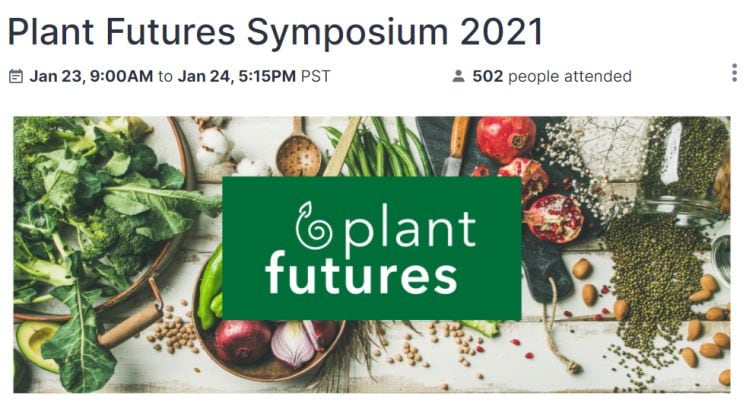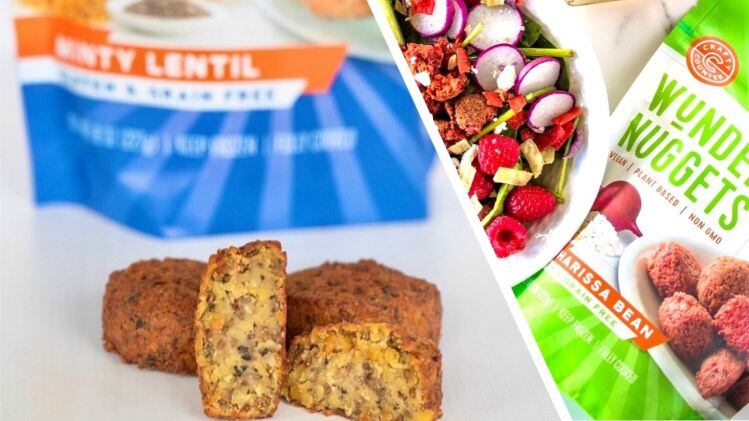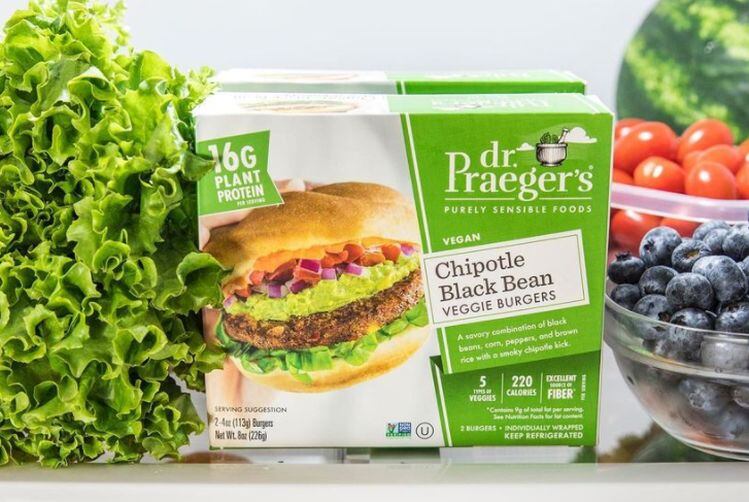When it comes to primary purchase drivers for plant-based meat and dairy products - which 51% of consumers have purchased over the past three months - animal welfare and sustainability are factors, but the #1 driver remains, ‘Is it good for me?’ which spans taste, variety and health, said Melissa Abbott, VP at The Hartman Group.
“While the ethical concerns today’s plant-based purchasers have about eating meat certainly reinforce their decision to try meat and dairy alternatives, they are motivated primarily by individual drivers of wellness, dietary variety, and ease,” said Abbott, with taste the #1 driver at 33%, followed by a desire for more variety in the diet at 25%, followed by various health reasons (all around 20%) from fewer calories to avoiding hormones/antibiotics, to feeling better, to a perception that plant-based meat/dairy is more nutritious.
Price and taste are the biggest barriers to purchase of plant-based meats, meanwhile, said Abbott, who noted that some consumers are also looking for “simpler, cleaner, more minimally processed plant-based products,” and that while burgers and grounds have been the gateway products for many consumers, consumers are also open to different approaches to plant-based eating that incorporate cuisines from other food cultures that are inherently plant-based.
“As consumers today feel less and less bound by the tenets of the traditional American diet, they are motivated to try out new approaches to food.”
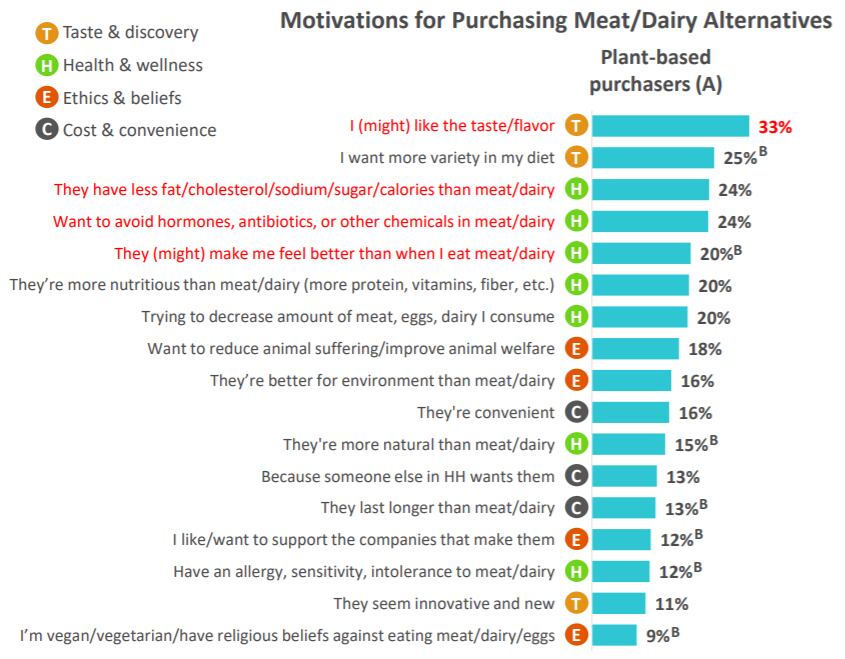
‘We should shoot for as many different plants a week as we can,’ ideally, ‘30 or more’
While much of the investment and energy in the plant-based foods movement is currently focused on producing meat and dairy analogs that deploy a fairly limited toolbox of ingredients from a nutritional perspective (extruded soy and pea protein concentrates and isolates, starches, gums, coconut oil, methylcellulose etc), the food industry also needs to find ways to help consumers eat a more diverse selection of plants, said several speakers.
Will Bulsiewicz, MD MSCI, who specializes in nutrition, the gut microbiome and integrative gastroenterology, told delegates that we should “shoot for as many different plants a week as we can,” ideally, “30 or more a week.”
Plants contain a range of anti-inflammatory phytonutrients and antioxidants, but they are also packed with fiber, he said: “And we have a major problem here in the United States when it comes to fiber. The average consumer is getting just 17g a day [the daily value is 28g] and 95% of us are not even getting the minimum.
“Many of us still think about fiber as what our Grandma used to stir into an orange drink so that she could have a bowel movement, but I think fiber is sexy; some of the science around fiber is incredibly exciting.”
He added: “All plants contain fiber, but it’s not just about grams of fiber; every plant has unique fibers. If you restrict or eliminate the unique plants in your diet, you’re restricting the types of fiber that will feed specific families of microbes. We need a more diverse diet, a diversity of plants.”
‘Many of us still think about fiber as what our Grandma used to stir into an orange drink so that she could have a bowel movement’
Insoluble fiber is roughage, which is important for a healthy gut, he said, “but soluble fiber is a completely different story, it’s the preferred food of our gut microbes. It passes through our small intestine untouched; humans do not have the enzymes to process soluble fiber, so it arrives in the colon and that’s where our microbes get into a feeding frenzy, they consume the fiber and metabolize it…
“They play a central role in our digestion, but they are also deeply intertwined with our immune system, our mood, cognition, our metabolism, our hormones, even the way we express our genetics. When microbes consume prebiotic fiber, they release the most anti-inflammatory molecules I’ve ever come across: short chain fatty acids, acetate propionate and butyrate, which we get from the consumption of fiber.”
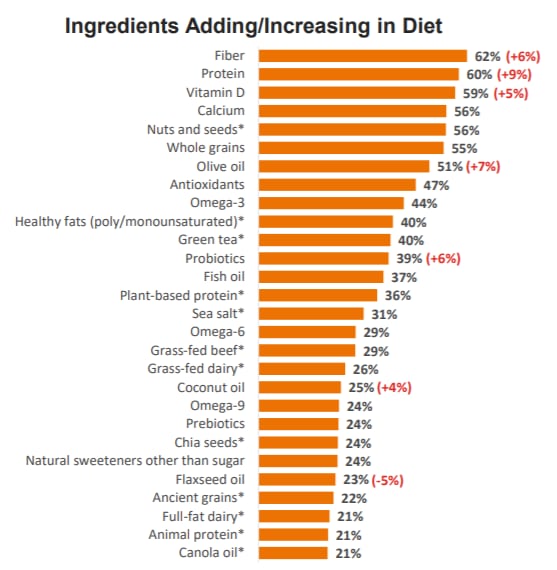
‘Nothing could be stranger, more perverse, and more abnormal for us to be sucking down the mammary secretions of a cow’
While some speakers at the symposium adopted Michael Pollen’s maxim ‘Eat food, not too much, mostly plants,’ advocating a drastic reduction in animal-based foods on ethical, environmental, and health grounds, one speaker went a step further, arguing that humans are basically herbivores and are not ‘designed’ to eat animals or animal products such as cow’s milk.
“For plant-based mammals, the only time in their lives that they consume animal protein is when they are nursing,” said Milton Mills, MD.
“Dairy is not a food, at least not for humans. Nothing could be stranger, more perverse, and more abnormal for us to be sucking down the mammary secretions of a cow. We should not be eating or ingesting cow’s milk for the same reason that if a human being needed a blood transfusion, I would not give them the blood of a cow; it is not made for our bodies.”
Critics of this argument observe that humans were not ‘designed’ to do anything, and through natural selection have adapted and evolved over time to handle a variety of foods that were available at a given time.
A study published in the journal Nature in 2015, for example, revealed that a gene mutation controlling an enzyme [lactase] enabling humans to digest cow’s milk became widespread in under 3,000 years – a blink of an eye in evolutionary terms.
However, Mills was adamant: “I’m over here in the wilderness, but I do not believe that a mixed diet is the healthiest; human beings are herbivores. I could feed a giraffe 90% plant fodder and 10% meat, and it would probably do OK, but that does not mean it was designed to eat that meat. It’s the same with humans. We do not have one physiological or anatomical adaptation that causes us to need it or equips us to eat it. If you eliminate animal foods, you’ll be happier and healthier.
“Animal protein increases inflammation, it can promote auto-immune disease. Plant foods have beneficial fiber, but they are also loaded with phytochemicals and antioxidants that can slow down aging, increase the length of telomeres at the end of chromosomes and help make us more resistant to things like viral infections and so forth.”
‘The simple fact is that the modern diet puts cruelty on the menu’
David Katz, MD, MPH, FACPM, FACP, FACLM, founding director of Yale University's Yale-Griffin Prevention Research Center, said research suggesting a predominantly plant-based diet is better for human health is pretty compelling. But even if you want to argue over how much meat or dairy is OK, he said, the ethical and environmental arguments make going plant-based a no brainer.
“Even if there were valid dissent relating to the optimal care and feeding of homo sapiens - and I think there is not - a diet of whole foods, minimally processed, overwhelmingly plant-predominant if not exclusively so… we can’t be so egocentric to think that it’s only our health that matters.”
If we care about animal welfare and sustainability, he said, “the greatest hope resides with plant-based eating. We should be looking at the confluence of what’s best for people, the planet, and what’s most ethical …. the simple fact is that the modern diet puts cruelty on the menu. We should all eat like the world depends on it.”
Dietary Guidelines ‘promote a heavily western European-style diet which is not good for anybody’
The debate then turned to the 2020-2025 Dietary Guidelines for Americans, which do not address sustainability, and do not actively promote a move to more plant-based eating patterns, although they suggest some shifts in protein consumption to “add variety.”
While the guidelines have definitely “gotten better over the last 20 years or so,” said Dr Mills, “they are put out by the USDA, and the USDA’s primary goal is to increase the market for the agricultural output of US agribusiness concerns. Meat, dairy products, and processed carbohydrates. They promote a heavily western European-style diet which is not good for anybody.”
Noting that the final guidelines also failed to adopt recommendations made by the scientific advisory committee on alcohol or added sugar, Dr Katz said that ideally they should be removed from the jurisdiction of the USDA and put under auspices of the National Academy of Medicine.
*Read more about UC Berkeley's Plant Futures Symposium HERE.

Technology and industry capacity, plant-based meat: When it comes to texturizing proteins, said Blake Byrne, business innovation specialist at The Good Food Institute, extrusion is definitely not the only game in town, with some other technologies including shear cell technology [read more about this here], spinning, and 3D printing showing promise, although the latter may not be very scalable.
The big challenge right now, he said, is capacity, noting that the meat industry currently produces around 350 million metric tons of meat a year, and for plant-based firms to capture a fifth of that, we’d need 1,500 to 2,000 large scale manufacturing plants. And at $75m per facility, that’s well over $100bn of infrastructure investment alone.
Investment landscape: Lisa Feria, CEO at Stray Dog Capital, highlighted untapped opportunities in shelf-stable plant-based foods, and noted that investors are now looking beyond CPG startups in cell-based meat or plant-based meat, at the industries that supply these companies, although the lower margins associated with food ingredients have historically put some investors off.
There is also white space in plant-based seafood, pork, ethnic foods, cheese, and deli meats, said Dan Altschuler Malek, managing partner at Unovis Asset Management, “You can’t just create another veggie burger.”

Califia Farms founder Greg Steltenpohl noted that brands entering the plant-based dairy space now “have come up with something different, something better,” perhaps focusing on a particular need state, but claimed we’re not going to fix the food system “by just getting married to biotech and AI.” (Picture: Elaine Watson)

